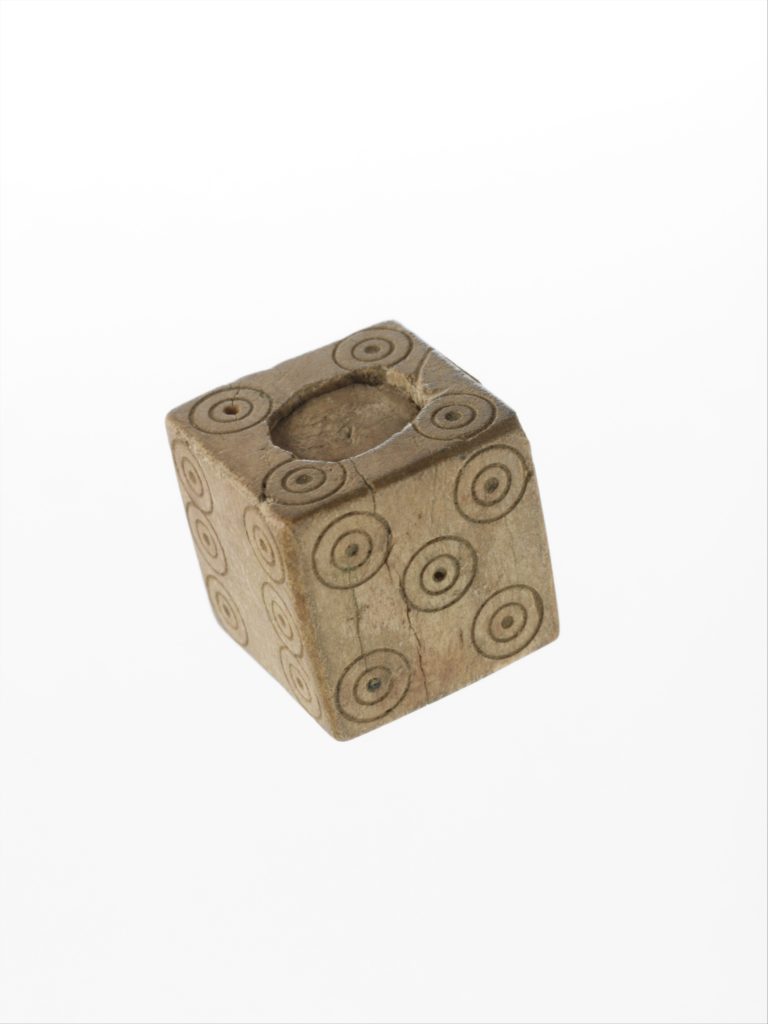
Pīsō Ille Poētulus now contains just 108 words (excluding names, different forms of words, and meaning established within the text, so this is quite low). It also happens to be a confidence-boosting read as an intro to Latin poetry if used in upper-levels. This novella, then, is an educational tool to get those teachers AND their students to read more fluently (ease + speed). Whatever my current proficiency level is, however, I’ve written a poetry-themed historical fiction novella set in Rome for the Novice reader (including 22 original lines of dactylic hexameter), which, as many have noted, we are in dire need of as a profession.Īs a speaker, my Latin is not great, but it’s certainly NOT WORSE than most teachers out there. Over the last couple years, I’ve doubled-down on pedagogy, becoming very comfortable teaching Latin, and can now place more emphasis on improving my own proficiency. **Update 11.14.16** Piso has been published! See this announcement post.

A good way to use it would be to treat it exactly like you would a game of VERBA, either whole class first then in small groups so you can monitor, or as just one of several station options.

I’ll be using this game throughout the year. The point of the game is to run out of cards by playing 2-3 words that form the very same rhythm of the phrase, Lingua Latīna. If you noticed, the title of the game represents the traditional 5th & 6th foot of dactylic hexameter (i.e. In addition to that audio, of particular interest and effectiveness is Lingua Latīna, the Latin Poetry Rhythm Card Game. It is scheduled for November publication so you can brush up on your rhythmic fluency beforehand by listening to the dactylic hexameter audio files, and be prepared to read Pīsō with your students in a more compelling way by actually focusing on the meter using a resource they can hear and recite along with! Pīsō Ille Poētulus(already greatly improved since sharing a couple weeks ago) includes 22 lines of original dactylic hexameter using a limited vocabulary, thus increasing its comprehensibility potential. Since I’m now teaching Latin IV (Ovid & Catullus), I’ve gone back to my rhythmic roots, and am seeing the power of those earlier metrical resources combined with my classes now containing more comprehensible Latin. So much of this blog is CI-centered, but there’s a neglected tab on the navigator bar devoted to what I’ve called Rhythmic Fluency. Here’s what you’ll find JUST in Chapter 1-the first 4 pages of Pīsō…Ĭontinue reading → Pīsō Ille Poētulus: Published Students who read Pīsō are exposed to a broad net of grammar. Oh, and there are some cultural topics in the target language, too. Instead of explicit grammar teaching and the grammar syllabus, students need a net of input, and that net has to be HUGE so that something particular that any given student at any given moment of time is ready to soak up is actually floating around in the input (and not just 3 person singular for 2 days, 2 weeks or 2 months, etc.). The reason my students don’t need explicit grammar instruction to understand Latin is because a) conscious grammar knowledge isn’t necessary to read Latin (or ANY language), b) internal learner constraints prevent students from noticing grammar features before they are ready, and c) grammar syllabi are sequenced in artificial ways that don’t match the order of what students are ready for. P, why does that word have a ‘ -t‘ on it?”).

The major difference in a comprehension-based communicative classroom like mine, however, is that grammar just isn’t taught explicitly, though pop-up explanations abound (e.g. To begin with, the conventional language teacher has crippling anxiety at the apparent lack of grammar in my classroom, but oooooh is it there, and oooooh is it understandable. I’m working on the Teacher’s Guide to Pīsō Ille Poētulus, and thought I’d share exactly what the practice “shelter vocabulary, unshelter grammar” looks like.


 0 kommentar(er)
0 kommentar(er)
